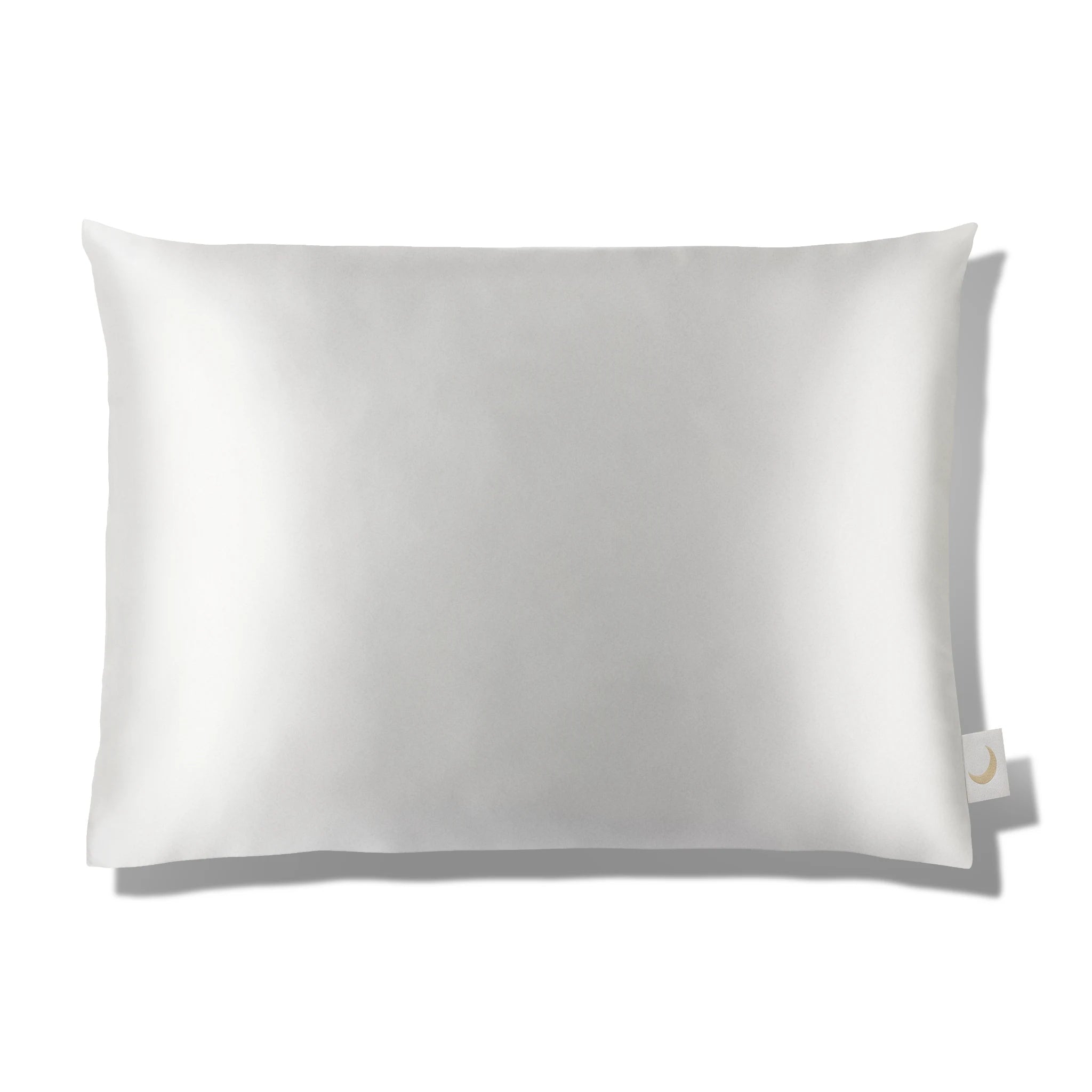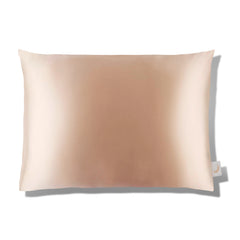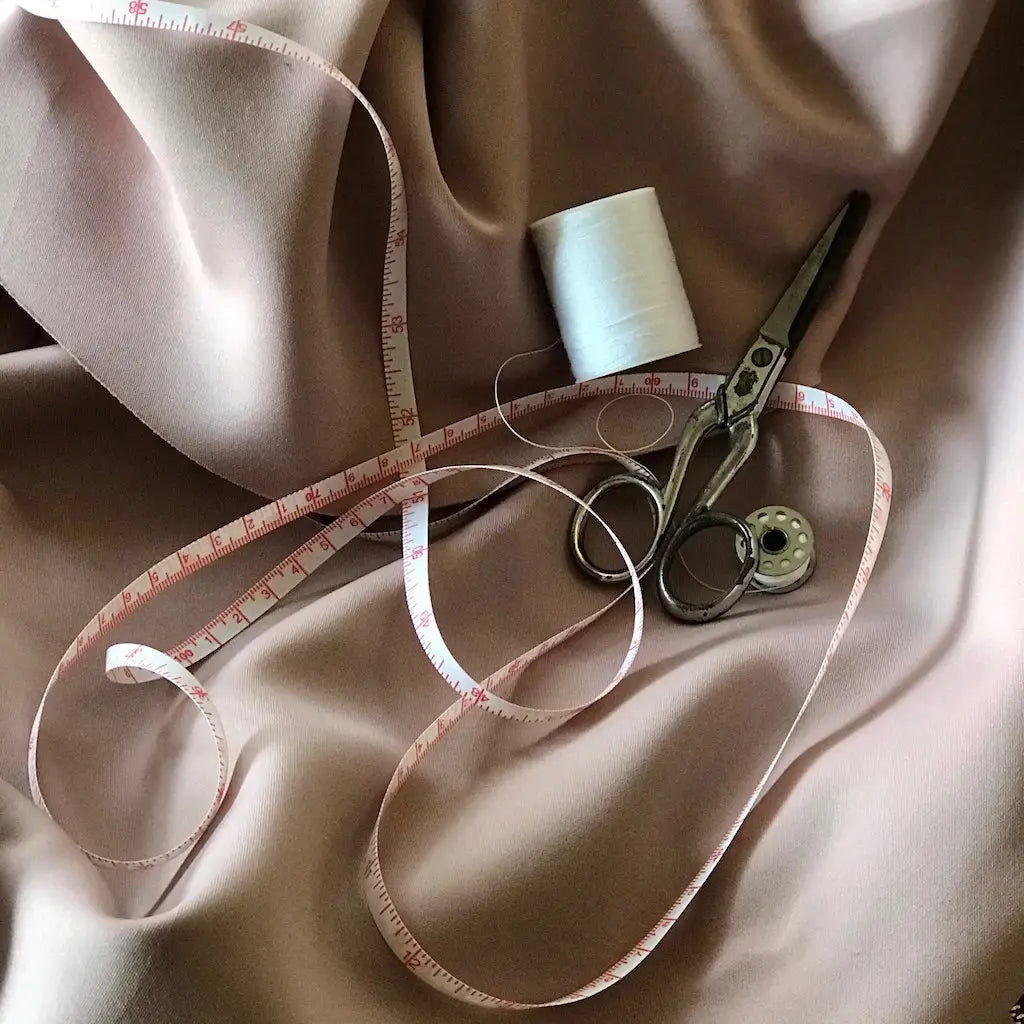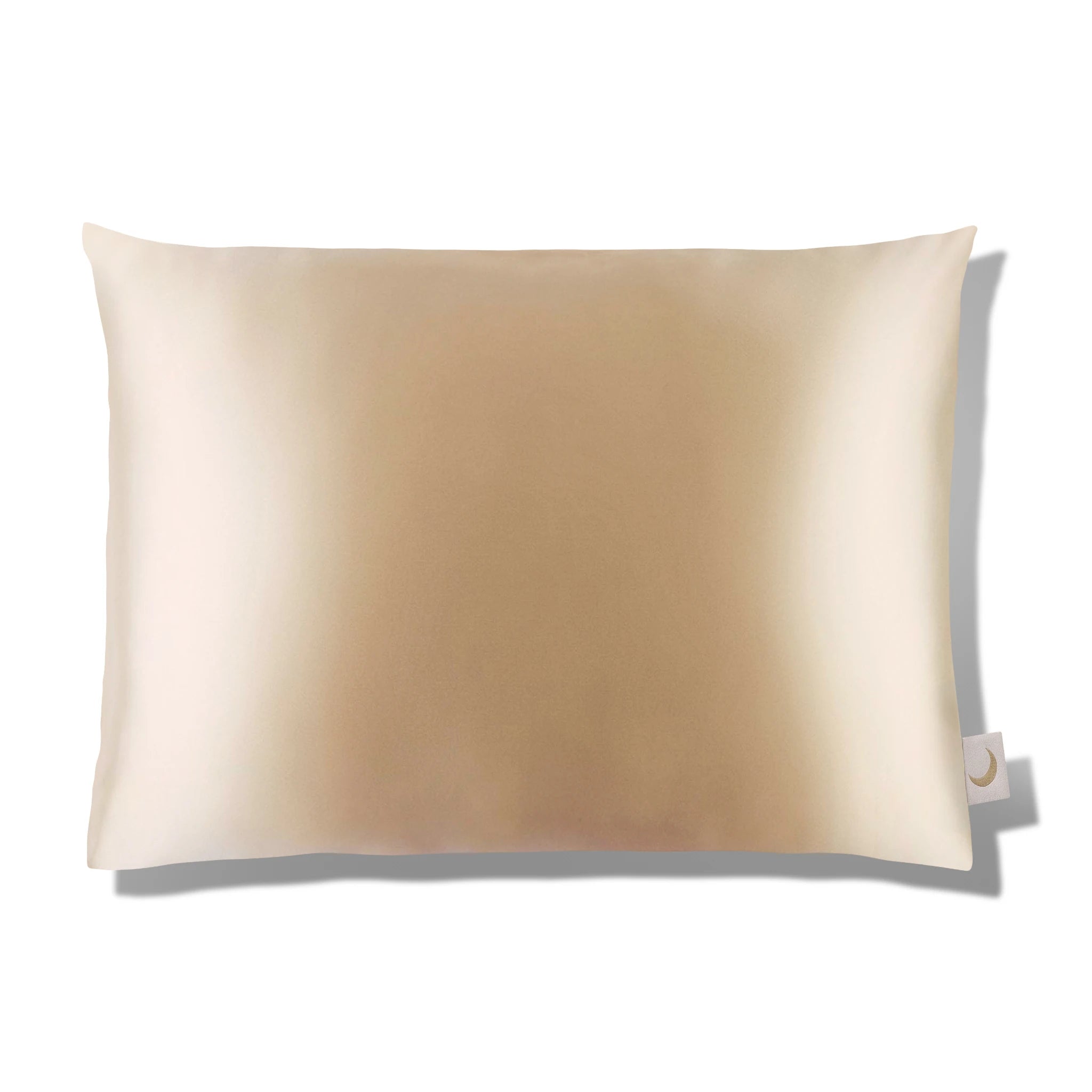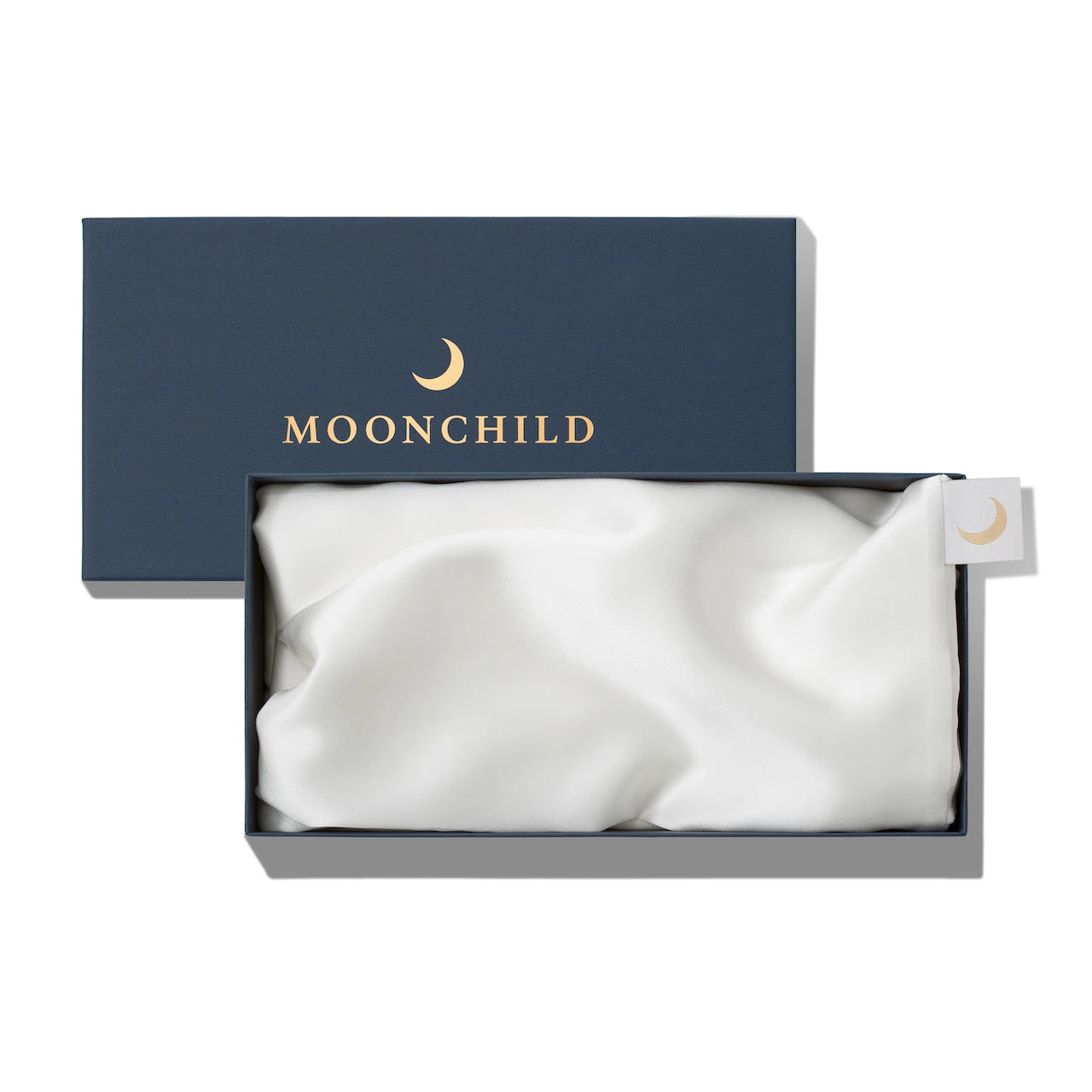While we’re all becoming increasingly aware of what we put into our bodies in terms of nutrition and what we put on our bodies when it comes to beauty products, these issues haven’t received the same kind of attention in the context of textiles.
The understanding that organic food, produced without chemicals and GMO-ingredients, is likely to be healthier and less toxic to the environment is widely accepted. The rise of ‘clean beauty’ has increasingly seen us question what’s going into the products we apply to and massage into our skin – after all, the skin is our largest organ.
But while the foods and cosmetics industries are highly regulated, textiles aren’t, and the certification landscape is hugely confusing. Yet our bodies are in (almost) constant contact with some kind of fabric, so shouldn’t we be just as careful about what goes into our textiles?
Let's check how to spot toxins in textiles:
- What toxins are in our textiles?
- Can textiles cause allergic reactions?
- Can toxins from textiles be absorbed through the skin?
- 6 steps to a wardrobe-detox
- Is silk toxic?
- The toxin-free alternative: organic silk
What toxins are in our textiles?
Depending on the raw materials and chemical processes used during production, textiles can carry a significant toxic load. Some fabrics are treated to achieve specific qualities such as stain resistance, water repellency, or wrinkle resistance. The chemicals in question - formaldehyde, flame retardants, and perfluorinated compounds (PFCs). Not exactly substances we want to be cosying up to, right?
Formaldehyde, for example, is used as a preservative in some textiles. It was classified as a Group 1 human carcinogen two decades ago. It has also been found to cause skin irritation, eye irritation, and respiratory problems. Flame retardants are similarly problematic and have been linked to developmental and reproductive problems, as well as cancer. Many of the dyes and finishes used on textiles also contain heavy metals such as lead, cadmium, and mercury, all of which are known to have harmful effects.
So, how can we avoid or, at very least, reduce our exposure to these risks? The first step is always to be informed. Read the labels, research the company, look for brands that focus on sustainability and ethical production standards. It can be a daunting task, but this is another case where knowledge really is power. Then, armed with that power, vote with your wallet! Consumer demand can be a powerful force. Conscious consumers can help to shape the products of the future and encourage companies to switch to more sustainable production practices.
Can textiles cause allergic reactions?
Textiles are made from a variety of materials, including natural fibres like cotton, wool, and silk, as well as synthetic fibres like polyester, nylon, and acrylic. While textile allergies are relatively rare, many people may experience skin irritation or other symptoms when wearing certain fabrics.
Some common symptoms include:
- Itching or rash
- Swelling or redness
- Dry, scaly, or flaky skin
- Runny nose or sneezing
- Difficulty breathing
While we always recommend consulting a doctor or dermatologist for a proper diagnosis and treatment, avoiding exposure to the specific fabric and even simply avoiding man-made textiles in favour of natural fabrics such as cotton, wool, or silk can be a good place to start.
Can toxins from textiles be absorbed through the skin?
Although there is some disagreement about whether chemicals from textiles can be absorbed through the skin, there have been several studies on the subject:
- A study published in the Journal of Environmental Science and Health found that certain flame retardants used in textiles can be absorbed through the skin. The researchers applied a fabric containing flame retardant- to the skin of volunteers and measured levels of the chemicals in their blood and urine. They found that the flame retardants were indeed absorbed through the skin and were detectable in the participants' blood and urine.[1]
- Another study published in the International Journal of Cosmetic Science found that some phthalates, a component commonly used in fragrances and plastics, can be absorbed through the skin when present in textiles. The researchers applied a phthalate-containing fabric to the skin of volunteers and found that the phthalates were absorbed and detected in the participants' urine.[2]
- A review article published in the journal Contact Dermatitis concluded that there is evidence that certain chemicals used in textiles, such as dyes and finishing agents, can be absorbed through the skin and cause skin irritation or allergic reactions.[3]
These findings show that absorption of toxins from textiles through the skin is possible. While the amount of absorption can vary depending on factors such as the type of chemical, the type of fabric, and the duration of contact with the skin, as we see it the safest level of exposure is zero.
6 steps to detox your wardrobe
Follow these six simple steps to limit your exposure.
- Buy less: overconsumption is one of the biggest problems facing the planet today. Fast fashion encourages us to buy more, more, more. It’s safe to assume that the cheaper a garment, the lower the quality of the raw material and the production processes – not to mention the implications for garment workers and the environment.
- Buy non-toxic, organic: this is especially true of the items we wear closest to our skin, - think underwear, sleepwear, and sportswear.
- Buy quality: the better the quality, the longer we can use the garment.
- Buy classics: Invest in timeless pieces that you can combine and re-wear for years to come (think capsule wardrobe dressing).
- Take care of what you have: treasure your favourite pieces by regularly checking for signs of wear and tear and repairing any damage as quickly as possible. Perhaps your favourite piece no longer fits – find a good tailor and have it altered. Washing less frequently (airing or steaming is often enough) and choosing a non-toxic detergent can prolong the life of textiles and reduce water consumption and water pollution.
- Be aware of the smell of new clothes: when shopping for new pieces, be wary of any strong, chemical smell - an obvious sign of potentially toxic finishes.
Is silk toxic?
When it comes to silk, you might assume that the ultimate luxury fabric could not possibly be harmful. After all, silk is renowned for its beautifying properties. The sobering truth is that conventional silk production involves various chemicals and processes that can be harmful to human health and the environment such as:
- Pesticides: The mulberry trees used to feed silkworms are often sprayed with pesticides and herbicides that can be harmful to both the environment and to the workers exposed to them.
- Dyes: Some of the dyes used can be toxic or carcinogenic and also cause significant environmental pollution.
- Bleaching agents: Bleaching agents are sometimes used to whiten silk. Incorrect handling and disposal of these substances can pose a significant health and environmental hazard.
- Finishing agents: Silk is sometimes treated with finishing agents to improve its texture or sheen. These agents can also be toxic or irritating.
- Wastewater: Conventional silk production generates significant amounts of wastewater that can contain harmful chemicals and pollutants, including the heavy metals and dyes mentioned above.
The toxin-free alternative: organic silk
Fortunately, there is another way. At Moonchild, we want to lead by example. Our production prioritizes sustainability and natural, non-toxic processes. We travelled the world to find the finest quality silk. Not only is it incomparably soft, it’s also gentle on the environment since we only use natural, non-toxic dyes and finishes. What’s more, Moonchild's organic Peace Silk is the ethical choice – the Moonchild method means that no silkworms are harmed during the production. Our silk is processed and finished in the EU, under strict worker protection rules, guaranteed child and slave-labour free. That certainly helps us sleep better at night!
In the coming months we’ll be looking at the proposed EU Green Claims Directive and how it relates to fabric labelling and certifications. We’ll also be developing a buyer’s guide to help you become a more conscious consumer, telling you what to look for when choosing fabrics, as well as taking a deep dive into the world of fabric processing. Subscribe to our Newsletter to not miss out.
Sources:
- Stapleton, H.M., Klosterhaus, S., Keller, A., Ferguson, P.L., van Bergen, S., Cooper, E., Webster, T.F., and Blum, A. (2011). Identification of flame retardants in polyurethane foam collected from baby products. Environmental Science & Technology, 45(12), 5323-5331.
- Schettler, T., and Skakkebaek, N.E. (2006). Toxic threats to neurologic development of children. Environmental Health Perspectives, 114(1), 13-18.
- Thyssen, J.P., and Menné, T. (2010). Metal allergen of the 21st century – A review on exposure, epidemiology and clinical manifestations of palladium allergy. Contact Dermatitis, 63(1), 1-10.
